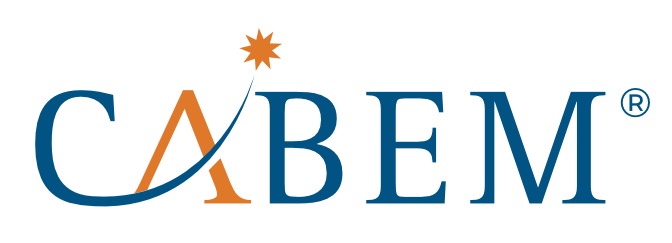On-the-job training is an essential part of a company’s employee development process. Whether it’s new hire onboarding, annual renewals, or equipment training, it is crucial that your employees not only complete the training but understand the material and perform to your expectations in the field.
While training is a necessary step, it may not be enough to prove competence and ensure peace of mind. In today’s world of regulations and standards, it is no longer enough to simply train your workforce. Organizations must establish an employee development program that addresses each layer of job expectations and proves competency to those requirements, not only training to them, to guarantee your workforce is prepared and confident.
Traditional Training Methods
With the advancement of technology, we’ve seen an incredible improvement in the process of delivering employee training. What once consisted mainly of in-person demonstrations and paper assessments has evolved to encompass an unlimited range of options. From virtual classrooms to interactive evaluations, there is no doubt the world of training has become more accessible, diverse, and inclusive than ever before.
The introduction of LMS software (Learning Management Systems) completely changed the game in terms of efficiency and accountability in employee development. It became easier to create, organize, and assign training, materials, and assessments to large groups of employees at once. Tracking and monitoring employee progress also became much easier with the ability to view data in one place. The capability to automate and centralize all training-related information gave HR and managers more flexibility and free time to focus on other job responsibilities. It allowed organizations to account for a wider variety of learning styles and train employees how they want to learn best.

Training Misconceptions
While LMS’ have provided more capability and flexibility to the training process, it seems the thinking behind employee training itself has not adapted at the same pace. Many companies use an LMS as a standalone method to training, creating courses or modules with corresponding assessments. Some still use the more traditional classroom learning method, only in a virtual environment instead of a physical one. The problem with this kind of approach to employee learning is that it can only account for the material covered in the classes.
After training, employees are expected to retain that learned information and apply it appropriately on the job. Not to discredit the importance of training as it provides the information and conceptual knowledge needed to perform a job, but classroom or online training often fails to address the skills development necessary in the field and in practical application. Overlooking skills training or failing to thoroughly track progress can lead to incompetencies in your employees and gaps in your workforce. The actual training is a necessary step, but there are often multiple steps for employees to be fully competent and confident in the job they will perform. In the case of regulated industries that have safety and quality concerns, this becomes even more important.
What it Means to Be Competent Vs. Being Trained
In recent years, the idea of competency management has become increasingly popular in various industries. According to business excellence consultant Peter Holtmann, “Competency is best described as the demonstration of acquired skills against an expected outcome.” The difference between being trained and being competent is that a competent employee has completed a set of requirements and can perform to expectations in the field consistently. Typically, a trained employee has only completed one component of a potential competency model. In another article, we outline how competency management improves Learning Management System training. That is not to say all trained employees are incompetent, but it is far more difficult to track and prove competence based solely on training.
Competency is achieved through the combination of multiple levels of knowledge acquisition. This could include training courses, prior education, skills development, and more. It takes time, effort, and dedication to become competent, but the payoff is well worth it. Greater efficiency and effectiveness, improved quality, and lower costs can all result from prioritizing competency over training programs alone.
The Price of Incompetence
Every business knows that in order to succeed you must have a qualified and diligent workforce supporting all business operations. Incompetence is never taken lightly and certainly not ignored once identified. But unfortunately, it can be difficult to identify and address in a timely manner especially without an established competency framework.
When incompetence goes unnoticed, your business and your people are at risk. Whether it’s the risk of failing an audit, unsatisfactory production, or injury, there are always consequences. In addition to greater risk, there is the chance that your business processes will be less efficient and more expensive. Incompetent employees are less able to perform to expectations, meaning their work is likely costing you more in all areas.
Whether looking to improve your training processes, create a more efficient workforce, or reduce long-term costs, proper and deliberate competency modeling can help. Investing the time and resources into establishing a competency-based employee development program will guide your organization to success.
We designed and built the Competency Manager software application specifically to address these common challenges in employee training. Whether integrated into your existing LMS or used as a standalone solution, the Competency Manager can help track and prove employee competencies, onboard new hires, and keep records and documentation organized. Click here to learn more, and to request a demo, email us at sales@cabem.com.
Other articles that may interest you:
How Competency Management Improves Learning Management Systems

